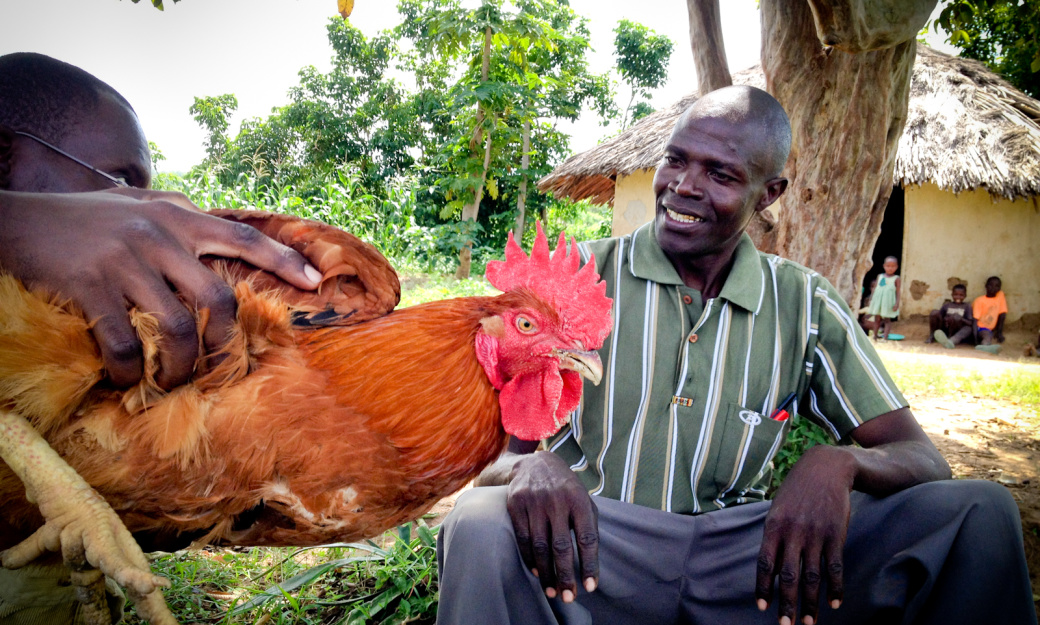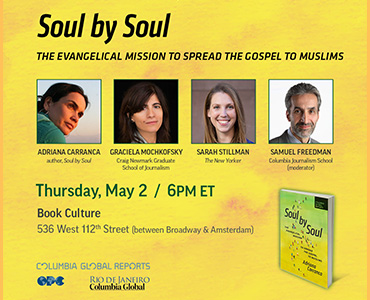The Science of How to Donate to Effective Charities

Each year, individuals donate hundreds of billions of dollars to charities. Last month, GiveWell, the science-minded philanthropy evaluator, announced that in 2015, as a direct result of its research, more than $98 million in donations went to charities it found to be the most effective at doing good in the world. By reviewing randomized control trials and other studies conducted on different development aid programs across the globe, GiveWell recommends a few “top charities” whose methods have been scientifically tested to offer the most bang for our buck.
A control trial is an experiment that tests one variable at a time, and compares the results to a control group. Random means that instead of letting participants come to you, you go to them, assigning them randomly to either the test group or the control, to avoid self-selection bias.
This is the way that major pharmaceutical companies vet new medicines or advertising agencies test audience reactions to proposed TV commercials. The CDC wouldn’t approve a new drug from Merck simply because Merck says it works and can offer a couple of anecdotes to that end, but unfortunately, that’s how many charities appeal to individual donors. Why is it that when it comes to development aid, our standards are so much lower?
That's the question being posed by a growing number of “effective altruists,” a term popularized by the Australian philosopher Peter Singer. “Effective altruism,” writes Singer, “is based on a very simple idea: we should do the most good we can.”
The implication is that we aren’t doing so currently, which contrasts starkly with the rosy view held by many development economists that progress over the past century has been swift. One such figure is the Swedish doctor and statistician Hans Rosling. In a popular 2010 TED talk, Rosling lauded what was perhaps the largest single development initiative of all, the United Nations’ Millennium Development Goals. He presented data that showed improvements toward some of the eight stated goals, particularly the reduction in child mortality. “I like these goals because they are measured,” Rosling told his audience.
That’s only half true. When it comes to global childhood mortality, Rosling had no control group—no data from a place where the MGDs were not pursued, nothing to compare that progress to. He presented no data to show how significantly the child mortality rate might have fallen in Kenya had the UN not proclaimed this as a goal or had countries not specifically set out to achieve it. In fact, Rosling’s own graphs seem to indicate that child mortality was already on the decline in the 1970s, two decades before the MDG’s began.
What if the UN had invested more money over recent decades in things like cash transfers, childhood deworming, or anti-malarial bed nets—things that, at least on a micro level, have been scientifically proven as effective ways of reducing childhood suffering by boosting family incomes and health? Could they have reduced child mortality twice as quickly?
Enter effective altruism. To help guide donors to the best charities, two former hedge fund analysts founded GiveWell in 2007. (GiveWell has previously commissioned me to conduct research in Kenya on the work of two of their top charities—GiveDirectly and the Deworm the World Initiative.)
Other effective philanthropy outfits have followed, including Good Ventures, a foundation that directs grants toward any type of charity it considers to be efficient at improving the human condition. The Open Philanthropy Project, a collaboration between GiveWell and Good Ventures, works to direct donations toward specific focus areas like global health that are particularly ripe for impact. The organization 80,000 Hours urges people to consider going into careers related to philanthropy and science-minded development.
One of my favorites, Giving What We Can, persuades people to pledge a certain amount of their income to effective charities by offering a simple wealth calculator that tells you your global wealth percentile. (Spoiler alert: If your individual income is $55,000 per year or more, you are in the “one percent.”) It also shows how your rank would change if you decided to give away 10 percent of your income. (Answer: barely at all.)
Even the U.S. government established the Millennium Challenge Corporation in 2004 specifically to provide aid only to countries that could prove they were achieving results. Researchers use a range of metrics to identify just a handful of countries that deserve additional aid because of how effectively the money could be used there.
Some effective altruists are even taking on the biggest fish of them all: the UN’s 2030 Sustainable Development Goals. Recently, the Copenhagen Consensus Center consulted 82 of the world’s top economists and over 100 of their analyses of aid effectiveness to determine which among the 169 proposed SDGs were likely to be most effective. It determined that the way the UN has tried to curb global poverty is deeply inefficient. The MGDs, perhaps the most famous of all aid initiatives in recent history, were so vague that they could barely be measured at all, and to the extent that they could be measured, most turned out to be a tremendous waste of resources.
For instance, saving one person from dying of AIDS costs about 10 times as much as saving a person from dying of malaria. For what we spend to save one person from succumbing to AIDS, the argument goes, we are effectively letting nine other people die. The study also found that when you take into account the dollar value of an individual’s productivity over her lifetime, the value of spending $1 to fight malnutrition during her childhood results in economic benefits worth $59 over her lifetime. Malaria and malnutrition are two of 19 ailments the CCC identified as so readily solvable that prioritizing them over the UN’s 169 targets is “equivalent to doubling or quadrupling foreign aid.”
It is difficult to think about not saving an AIDS patient. These arguments for effective altruism are often uncomfortable to people because they require us to confront serious moral hurdles that we normally tend to ignore. In an article for California Sunday that chronicled firefighters from Los Angeles who traveled to Nepal to help in the response to the country’s April 2015 earthquake, journalist Vince Beiser highlighted how effective altruism can sometimes contradict what we’ve long taken to be human nature.
“You could save more lives by spending the money on hygiene or vaccinations in developing countries,” one first responder, Dr. Atilla Uner, told Beiser. “But that’s not human nature. Human nature is, when your neighbor gets buried, you get on the rock pile and dig him out. No one wants to live in a world where you leave your neighbor under the rock pile.”
And yet, that is a world that effective altruism asks us to consider. Post-disaster aid has been shown to be one of the least cost-effective ways of saving lives. Once an earthquake strikes, there’s a very small window in which to save people. It would be far more cost effective to prevent such travesties in the first place—by working with countries to enforce their building codes, for instance.
Right as it may be, the idea of sending a $10 text message donation to help Nepal regulate building construction doesn’t sound quite as appealing as sending $10 to help pull people out of the rubble. Indeed, a poll found that a full 50 percent of Americans say they donated money for relief following Haiti’s 2010 earthquake. To reform our bad habits of giving will take time.
I’ve become a big believer in the effective altruism movement. Six years ago I began donating 10 percent of my (post-tax) income to what I believe to be highly-effective charities. And yet, I myself struggle to fully act upon the logic. Last year I gave half of my donations to top charities recommended by GiveWell. But I gave the other half to untested charities that I believed in for other reasons—I’d seen their work with my own eyes in Kenya or Haiti, I know the founders personally and respect their vision, or I had read through their public annual tax reports and was satisfied that they seemed to be spending their money well.
If the effective altruism movement fails to completely revolutionize the way we give, I hope it will at least nudge us in the right direction. The world will spend an estimated $2.5 trillion on development aid during the next 15 years. Will we look back at this time as a period in which we did our best to help uplift the world’s unprivileged masses, or one in which we had the methods to do so but failed to use them?
There are many big ideas designed to end poverty. Effective altruism asks us to seek out and fund the little ones that are most likely to actually do some good.
Jacob Kushner reports on immigration and statelessness, development economics and inequality, and foreign aid and investment in Africa and the Caribbean.

